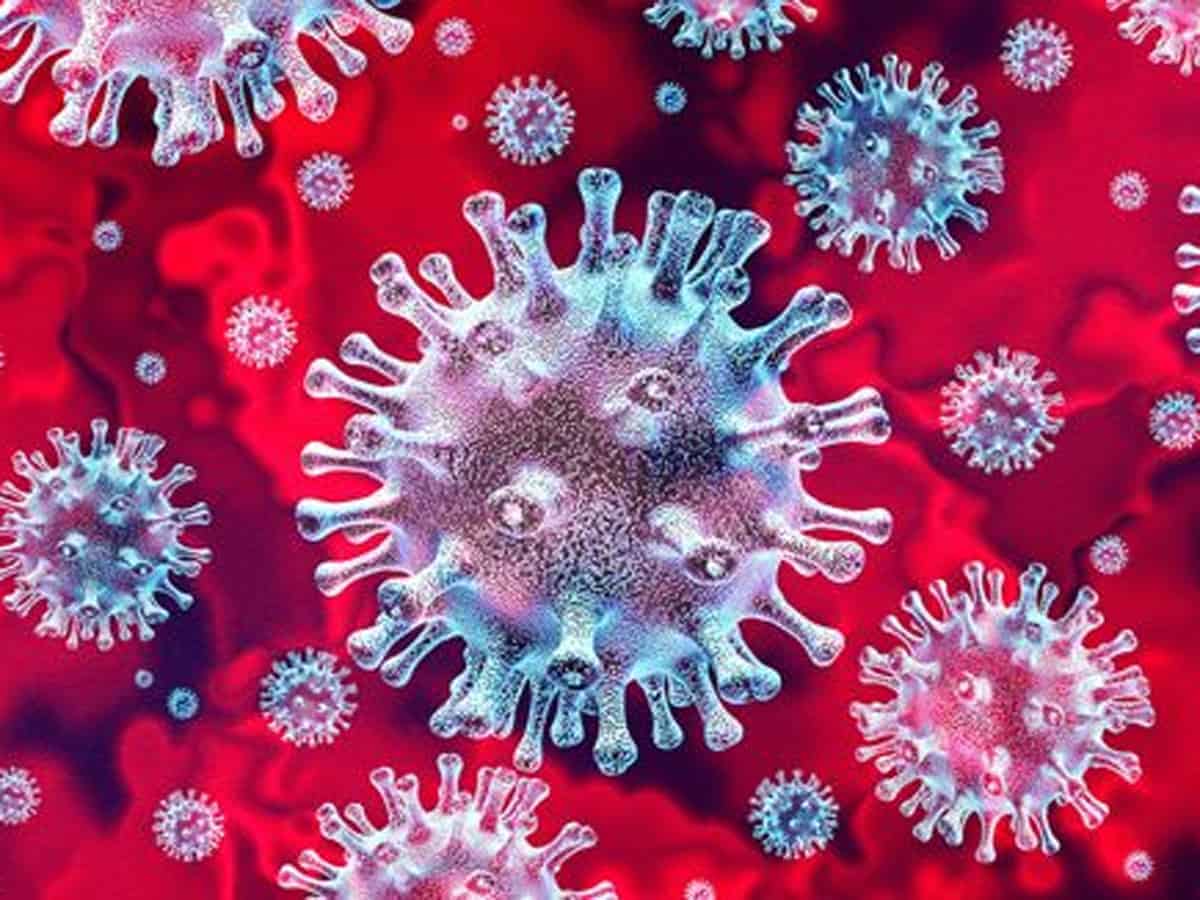Singapore: Singapore’s coronavirus tally reached 14,423 on Monday after 799 new cases were reported with the majority of them being foreign workers, including Indians, residing in dormitories, which have emerged as the hotspots for the transmission of the disease in the country.
Releasing the latest figures, the Ministry of Health said that the vast majority of cases are work permit holders residing in foreign workers’ dormitories.
Fourteen of the latest cases are Singaporeans or permanent residents (foreigners).
“We are still working through the details of the cases and further updates will be shared via a press release that will be issued tonight,” it said.
A large proportion of Singapore’s COVID-19 cases can be traced to foreign worker dormitories, which have seen a surge in confirmed cases recently.
Around 300,000 low-wage workers, mostly from South Asia, work in Singapore in construction and maintenance. Most of them live together in huge dormitory complexes.
Singapore Prime Minister Lee Hsien Loong had warned that more coronavirus cases could come up at the packed dormitories.
While efforts have been made to break the chain of transmission in the dormitories, it will take some time to show results, he had said.
Earlier, a total of 18 foreign worker dormitories were gazetted as isolation areas, as the number of COVID-19 cases continues to rise in the country.
Earlier, the cluster at S11 Dormitory at Punggol remained the biggest, with 1,508 confirmed cases.
The next biggest cluster was at Sungei Tengah Lodge, with 521 confirmed cases.
Though the dormitories are being disinfected and bedding accommodation re-arranged, most of these were overcrowded, leading to a large number of cases as foreign workers are now undergoing screening and testing.
All foreign workers in the construction sector have been placed on mandatory stay-home notices until May 4 as a precautionary measure against the spread of COVID-19.
Singapore is now in an extended “circuit breaker” period to stem the spread of the disease. The period was extended to June 1, 2020, from the first set to end on May 4.

